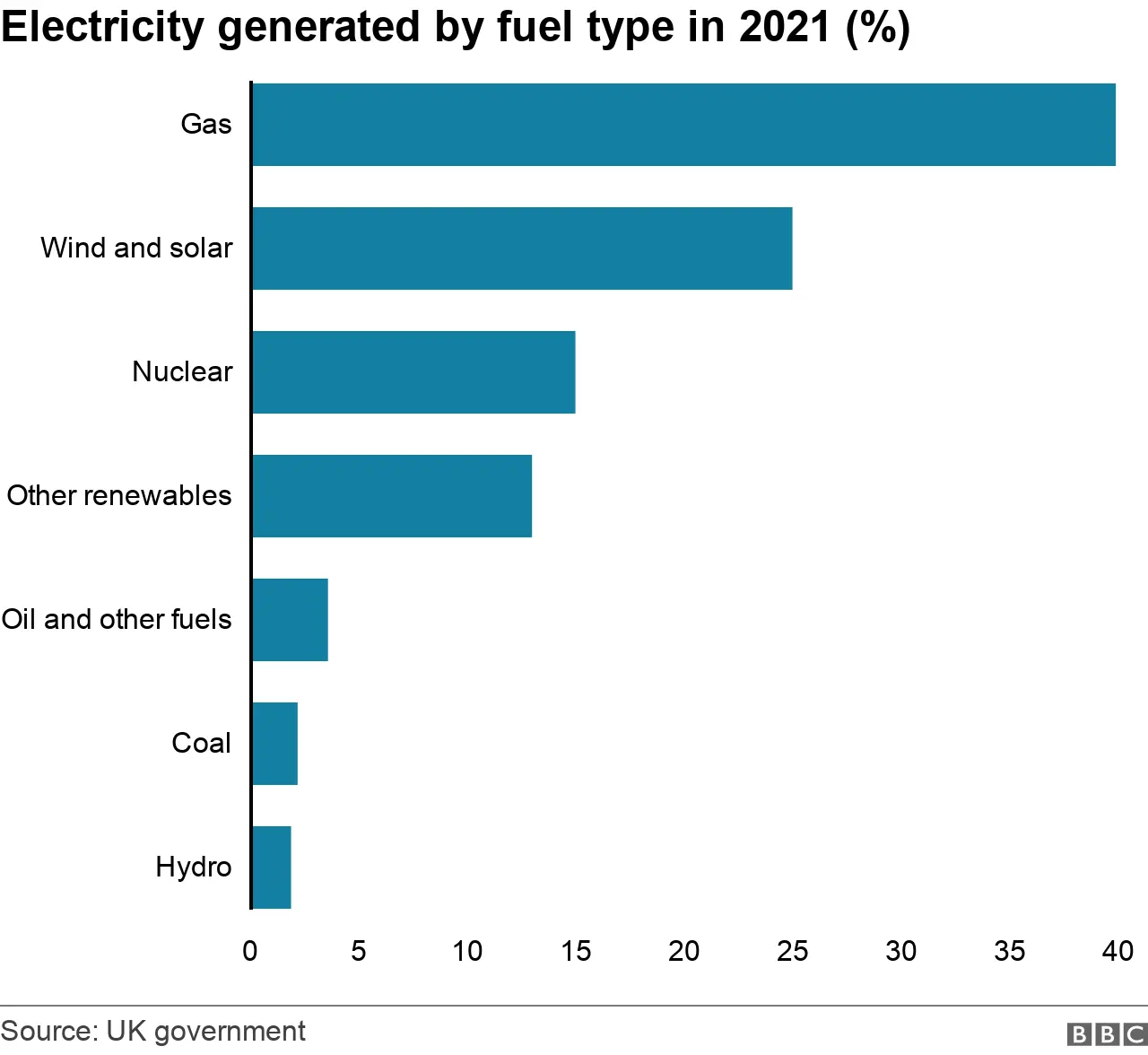
Gives an idea of just how much needs to be done to remove our dependence on gas.
As mentioned earlier, I ran NiFe (a.k.a. "iron" cells) for several years, running power in my old workshop. Very long lived, but absolutely dire in terms of efficiency and losses. Didn't bother me too much losing around 20% of the generated energy in battery round trip losses, as it was just a solar powered workshop used in the evenings, and the batteries were free.Ken wrote: ↑Sun Nov 06, 2022 8:08 am https://www.caixinglobal.com/2022-10-25 ... 55814.html
This a much better prospect for utility storage , but then there is iron batts,air batts,flow batts ...... no shortage of batts actually being produced.
Its no good looking back, need to be looking 5yrs in the future.
PS and where do think our uranium comes from -Russia.
Likewise I mentioned redox flow batteries earlier, they are still too immature a technology to roll out at scale, nearly 10 years after I first looked at importing a zinc bromine redox flow battery from Australia.
In 5 years time we won't have made a dent in the storage requirements, even with the big surge in interest and investment in storage over the past few months. For example, if the Red John project is completed on time it's going to be the best part of a decade before it's in service, and even then it's only going to add 2.3GWh of storage, barely enough for half an hours demand.
Even if we poured every single pound in the treasury coffers into building more wind, solar and storage we are not going to be free from gas use for at least another 20 to 30 years. Nothing much is going to happen in the space of the next five years, as with the best will in the world it takes a lot longer than that to build any sort of major energy infrastructure, let alone the capability to more than double our existing RE generation and provide several days worth of matching storage capacity.